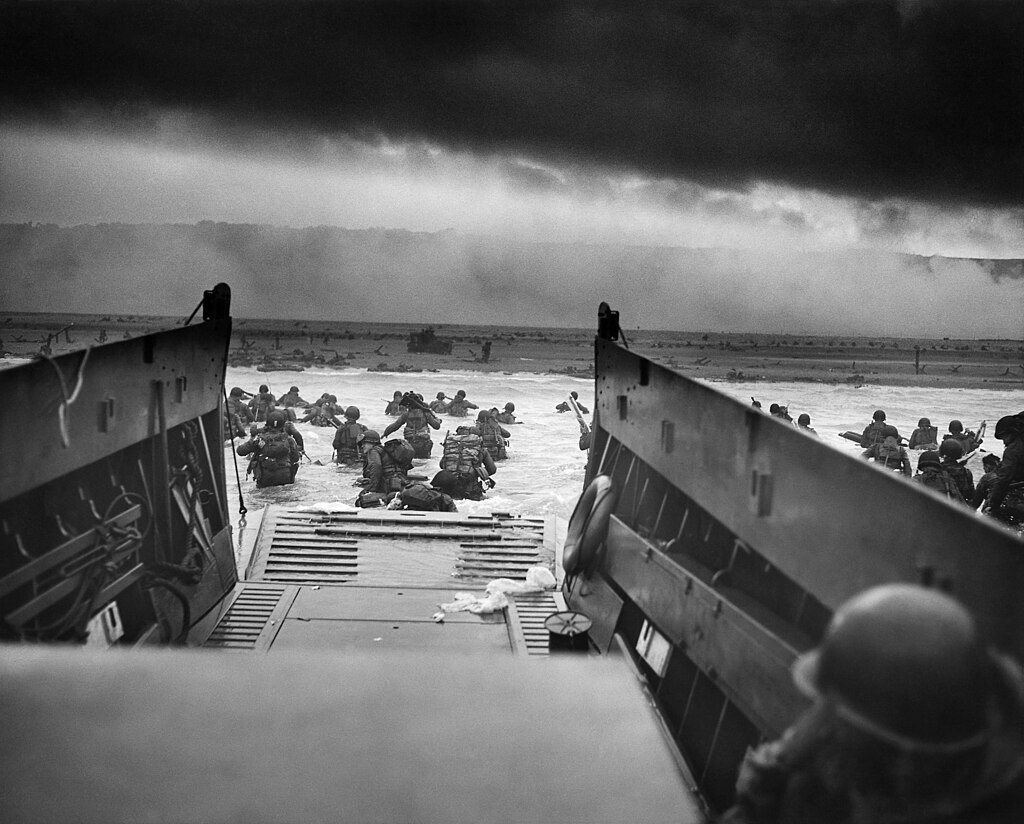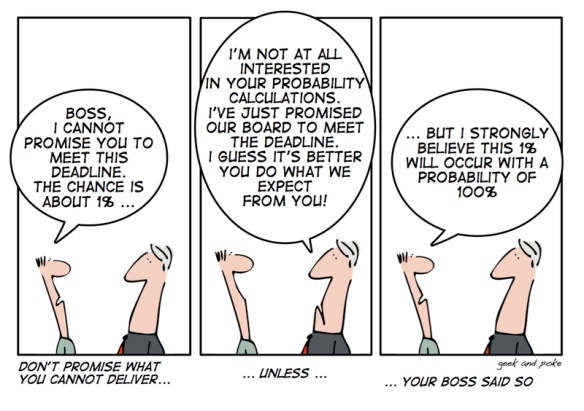Since I have not done much as a project manager or instructional designer in the past, I thought I would give the example of a camping trip to show how something that sounds like an easy and inexpensive vacation can also end up going over budget to keep everyone happy.
Scope creep is defined in our text as, “the natural tendency of a client, as well as project team members, to try to improve the project’s output as the project progresses” (Portny, Mantel, Meredith, Shafer, Sutton, & Kramer, p. 350, 2008). Most of us have a desire when we plan events, even vacations, to add all we would like to do in a short amount of time.
The vacation plan can start out simple, as a camping trip in a State Park near the ocean. You can decide on which beach you want to camp near, and then figure out how much park reservations will cost, and when you need to make them. Planning early helps to ensure that your choices will be available.
Food choices for a beach camping trips sounds simple enough. Hot dogs, and all the things to go with it. Breakfast will be items that can be cooked on a camp stove easily with minimal maintenance, and clean up. You are at the beach so what do you really need, right? The planning seems great since it is a casual type of vacation, and economical since hotels are being avoided.
Once you are on vacation is when the scope creep happens, and the PM (usually a parent, or if with friends, the leader of the group) wants to make sure that everyone has a good time. You notice that nearby there are some other attractions that seem like fun, such as a boardwalk, and of course everyone wants to go there at night. It is the third night and everyone is sick of hot dogs, so the decision is made to walk to the nearby town and boardwalk, and find a place to eat there. Everyone wants pizza! Of course none of this is planned for, but everyone has credit cards (or the PM does).
The resort prices for pizza are higher than where you live, and at the boardwalk everyone wants ice cream, and to play some of the carnival games. Now the budget has creeped forward, but everyone is still having fun.
The next day is fine and everyone is happy to eat hot dogs again. However all the junk food is gone to go with the hot dogs, so someone goes into town to replenish the chips, nachos, and other fun stuff, and brings back more due to the beach atmosphere and exercise increasing appetites. Of course the prices are much higher than at the discount club grocery store. However, everyone is happy.
As the weekend draws near the campground gets more crowded, and the weather gets colder as it tends to do on weekends. That night hardly anyone sleeps because of all the parties going on, and the dogs barking. So the next morning it is raining, and everyone is in a rotten mood, and decides to drive to a motel or hotel where they can get a nice hot shower, and watch television, and have something besides hot dogs and pizza, and a quiet night of sleep for the long drive home. Another break in the budget, but everyone had fun!
For next years vacation the planning and saving will start sooner, and there will be extra in the budget for the unforeseen events.
Reference
Portny, S. E., Mantel, S. J., Meredith, J. R., Shafer, S. M., Sutton, M. M., & Kramer, B. E. (2008). Project management: Planning, scheduling, and controlling projects. Hoboken, NJ: John Wiley & Sons, Inc.
Images:
Camping: https://encrypted-tbn1.gstatic.com/images?q=tbn:ANd9GcRcd2edD0vMGGcB0q9gKXbuRwaLaRLnly--guk9P6bAjqhS_k2O
Hot Dogs: https://encrypted-tbn3.gstatic.com/images?q=tbn:ANd9GcTkQYyrksvH_10zQppp6u_54SXfVRWsvm9fNPZ4y8AG5nH29FPnaw






